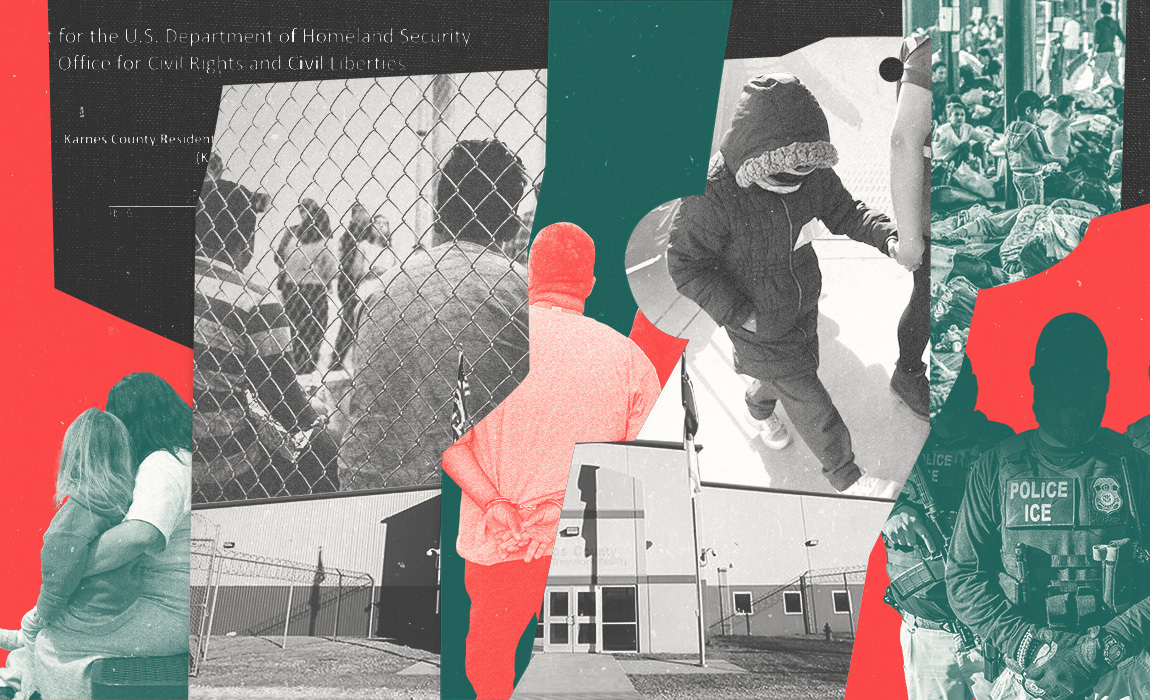
Favi of Detention Watch Network described how the threat of deportation pushed detainees toward self-harm. “Everyone has a breaking point,” he explained, referring to the enormous strain possible deportation placed on detainees, particularly around days that ICE is known to schedule final removals. As he described it, “I’ve met people who living here for 40 years, they’ve almost paid off their house and then suddenly they are deported to nothing. To a country where they have no family, no house, no foundation.”
Several people being detained at the West Texas Detention Facility told CRCL they were afraid to seek out medical care because of the risk of being placed in medical isolation cells. Some who were placed in isolation because of suicide risks were held in solitary for prolonged periods of time, and the cells they were held in “are not suicide resistant.”
One report at that facility documents two chilling confirmed examples of overuse of medical isolation. One involved a migrant woman who was being deported without her child around the same time and in the same region where the Trump administration quietly began its pilot family separation policy in the Border Patrol’s El Paso, Texas, sector. “The detainee was placed into suicide watch on 10/22/2017 after reporting being deported without her daughter,” the report states. “She remained on suicide watch in a suicide resistant gown for five days: three days after all thoughts of self-harm had dissipated.”
In another case, a migrant was placed in medical isolation because he exhibited suicidal ideation. But within a day, the report states, there were no more concerning signs. Yet he was kept in isolation for 16 more days.
At the Stewart Detention Center in Georgia, solitary confinement for long periods “is cause for significant concern,” according to Azadeh Shahshahani, the legal and advocacy director at Project South, an advocacy group. “Two migrants died at Stewart by suicide after being held in solitary for prolonged periods.”
Attorney Andrew Free, who represents many plaintiffs who have been detained in ICE facilities, recently wrote about the real-world impact of keeping CRCL expert findings secret. He wrote that had the expert findings on Stewart Detention Center been made public, “it’s possible that we could have saved Efrain Romero de la Rosa’s life.”
De la Rosa’s death was similar to that of another detainee, Jean Jimenez-Joseph, in May 2017. Both had mental illness, and both took their own lives after being held in isolation. “The records CRCL has been sitting on all this time concluded that neither CoreCivic nor ICE took the steps experts recommended after Jean died that would potentially prevent another similar death,” Free wrote. Free independently obtained some of the same records on Stewart as POGO.
This post was originally published on this site be sure to check out more of their content.








